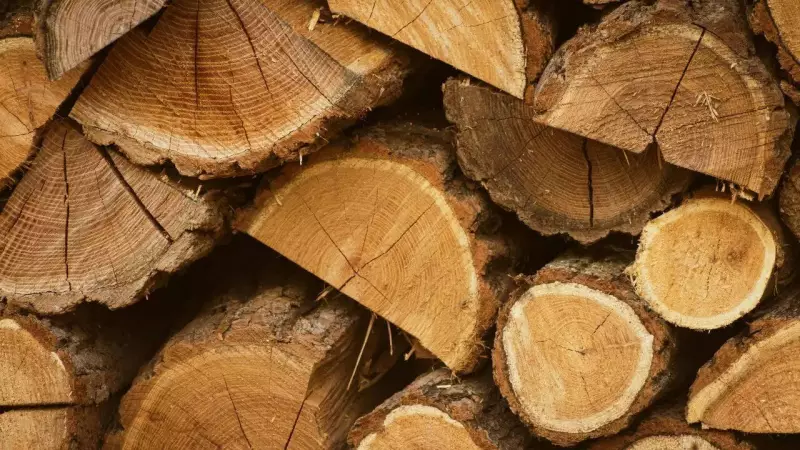
For generations, people believed the hardest woods came from giant, ancient trees or famous timber species. This common assumption, however, is not entirely correct. The true measure of a wood's hardness has little to do with its size or appearance and everything to do with its internal structure, density, and fibre arrangement.
The Science of Measuring Wood Hardness
Identifying the hardest wood requires more than just a visual inspection; it demands a scientific approach. The universally accepted method is the Janka hardness test. This test precisely measures the force, in newtons, needed to push a steel ball halfway into a wood sample. This standardized metric allows for direct comparison between different species, reflecting both density and internal fibre structure.
These factors are critical because they determine how well a wood can withstand pressure, impact, and wear. For industries like engineering, manufacturing, and flooring, understanding a wood's hardness is essential for selecting materials that will last. Hardness also predicts how a wood will behave during machining. Extremely dense timbers resist denting but can quickly dull tools and often require pre-drilling.
Why Wood Hardness is Crucial for Industry and Conservation
The interest in hardwoods is driven by practical needs across various sectors. In construction, extremely hard woods are chosen for their longevity, stability, and resistance to deformation, making them ideal for heavy-traffic flooring, marine structures, and outdoor applications.
In craftsmanship, density affects the tone of musical instruments and the behaviour of wood during carving. Furthermore, hardness plays a vital role in conservation. Slow-growing, high-density species often require protection due to limited supply. Understanding hardness supports responsible forestry management and sustainability, as these durable woods last longer, reducing the need for frequent replacement.
The World's Top 10 Hardest Woods
Here is the definitive list, based on precise Janka hardness testing, that challenges long-held beliefs about wood strength.
- Australian Buloke (Allocasuarina luehmannii): With a Janka hardness of 5,060 newtons, this Australian native tops the list. Its tight, compact fibres make it incredibly resistant to denting and wear, though it is challenging to machine.
- Ironbark (Eucalyptus species): Also from Australia, it exceeds 4,500 newtons. Its natural resins resist insects and moisture, making it perfect for railway sleepers and bridges.
- Quebracho (Schinopsis species): Known as the "axe breaker" from South America, it reaches about 4,200 newtons and is so dense it sinks in water.
- Lignum Vitae (Guaiacum officinale and G. sanctum): With a hardness of roughly 4,390 newtons, this Caribbean wood has natural oils that allow it to self-lubricate, historically used in ship bearings.
- Snakewood (Brosimum guianense): At around 3,800 newtons, this Central and South American wood is prized for its unique grain pattern and used in violin bows and decorative inlays.
- African Blackwood (Dalbergia melanoxylon): Registering around 3,670 newtons, this sub-Saharan African timber is a favourite for high-quality musical instruments due to its clarity and resonance.
- Brazilian Ebony (Swartzia species): With a hardness of approximately 3,692 newtons, its tight grain and deep colour suit high-end flooring and luxury items.
- Ipe (Handroanthus serratifolius): At around 3,680 newtons, this South American wood is renowned for its exceptional weather resistance, making it a top choice for decking.
- Cumaru (Dipteryx odorata): About 3,540 newtons hard, this South American species is valued as a strong and moisture-resistant alternative to Ipe.
- Santos Mahogany (Myroxylon balsamum): With a hardness of roughly 3,200 newtons, it offers rich colour and dependable wear resistance for flooring and furniture.
This shift towards data-driven understanding, led by research from bodies like the U.S. Department of Agriculture, is helping industries move beyond tradition and make smarter, more sustainable material choices based on scientific fact.





